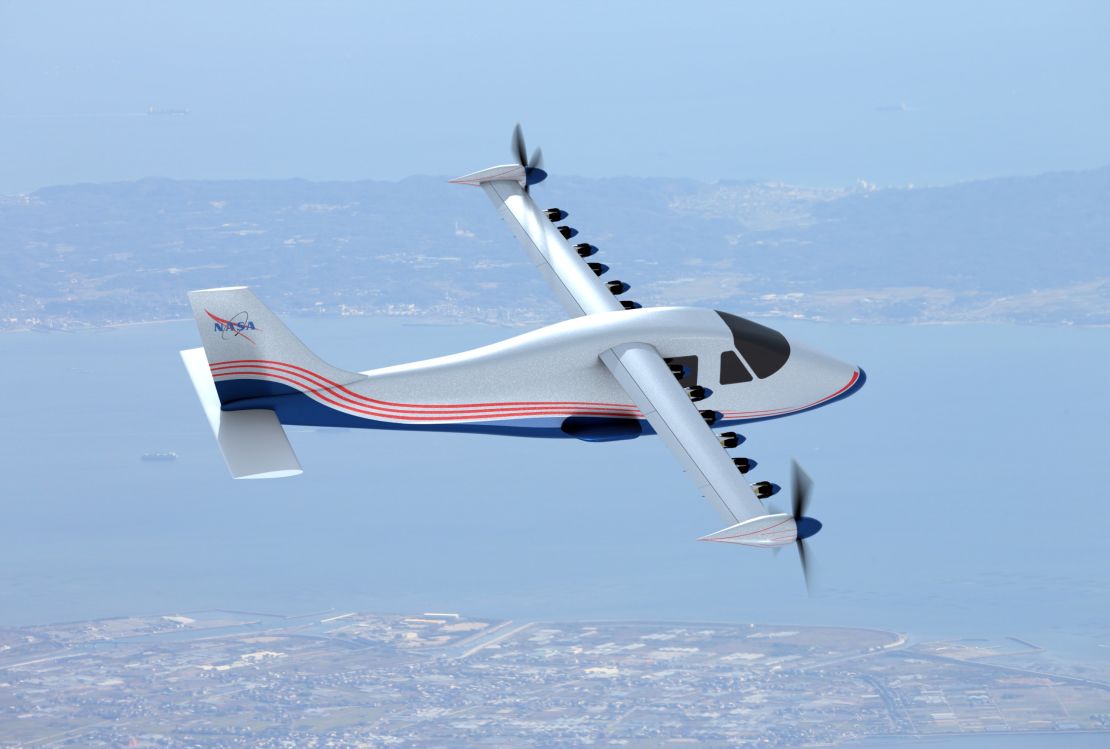Story highlights
NASA unveils plans for Maxwell: an electric-powered plane
Plane is capable of reaching speeds of 175 mph
Technology could be applied to large, commercial jetliners
At NASA, an experiment is underway that could upend the aviation industry:
A fully electric plane.
As electric cars roll out across the world – nixing the need to pay soaring fuel prices - NASA is looking to the skies, unveiling the X-57, or “Maxwell”.

Maxwell, a single-seater plane that bears a striking resemblance to a Cessna, uses electric propulsion rather than burning fuel. The craft would have 14 electric motors in total, dotted on the wings.
The project is part of NASA’s $790 million “New Aviation Horizons” initiative: an ambitious 10-year program to see the replacement of the roaring, gas-guzzling commercial jetliners we use today, with a quieter, greener alternative.
At a conference in Washington on Friday, Charles F. Bolden Jr, the NASA administrator, said, “the X-57 will take the first giant step in opening a new era of aviation.”
NASA says Maxwell could be on the runway within four years, quickly followed by a series of five larger electric planes, capable of holding more passengers and cargo.
While Maxwell is still a prototype, earlier this year, NASA researchers achieved success on a much smaller scale, successfully testing a small electric-powered plane called the Greased Lightning GL-10.

A YouTube video of Greased Lightning’s remotely-controlled inaugural flight has been viewed more than a million times.
Of course, Maxwell wouldn’t be the first plane to operate without a drop of fuel.
In April, the Solar Impulse touched down in California after a two-and-a-half day flight across the Pacific. That plane was operated by solar power.
But speed was not its strong suit, reaching just 30 to 40 mph.
Maxwell, on the other hand, is predicted to reach speeds of 175 mph.
If successful, NASA says the technologies applied to get Maxwell in the skies, could be translated to the private sector - something that could transform travel as we know it.



